Mart managers made a move early last week to encourage dairy farmers to hold on to export-type calves a little longer, given the difficulties that calf exporters were facing as a result of the advice that lower calf numbers were seen at marts last week.
The news this week that the Pignet lairage facility in France is open again has taken the pressure off, with big numbers of calves expected to be exported again over the next two weeks.
Taking a look at this week’s calf price table, we see that the number of young Friesian bull calves dropped a lot in the last seven days, but prices held pretty steady.
Older Friesian calves in the 21- to 42-day-old bracket also held steady in price.
Young Aberdeen Angus bull calves saw an easier trade this week, down almost €20/head on the week before.
Hereford heifer calves in the 21- to 42-day-old age bracket also saw a slight correction of €8/head less this week.
Older Hereford bull calves also saw a drop in price, with 21- to 43-day-old bull calves back by almost €20/head.
Heifer calves
There were 1,449 Aberdeen Angus heifer calves in the 21- to 42-day-old category this week and they averaged 30 days old selling for €95, a drop of €22/head on the previous week.
Older continental calves remain a very strong trade, with €224/head being paid for Belgium Blue heifers this week.
Taking a look at the latest Bord Bia live export figures, we see that despite last week’s exporting difficulties, calf exports continue to perform very strongly.
Up to the week ending 25 March, there was 80,907 calves exported out of the country, up 8,755 or 12.1% on the same period in 2022.
An extra 4,146 calves have been shipped to Holland in 2023, with this number expected to rise again in the next few weeks.
Some 5,053 calves moved to Holland for the week ending 25 March, down from 9,150 the week before.
Italy has also seen a big increase in calf imports from Ireland.




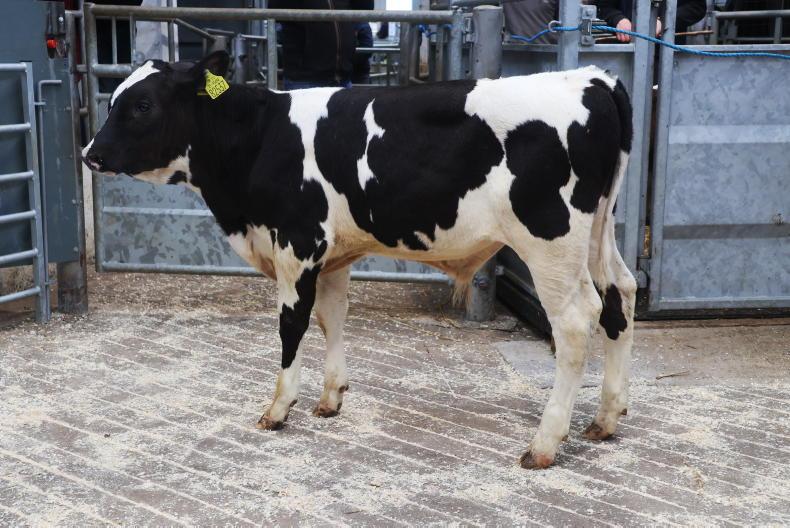
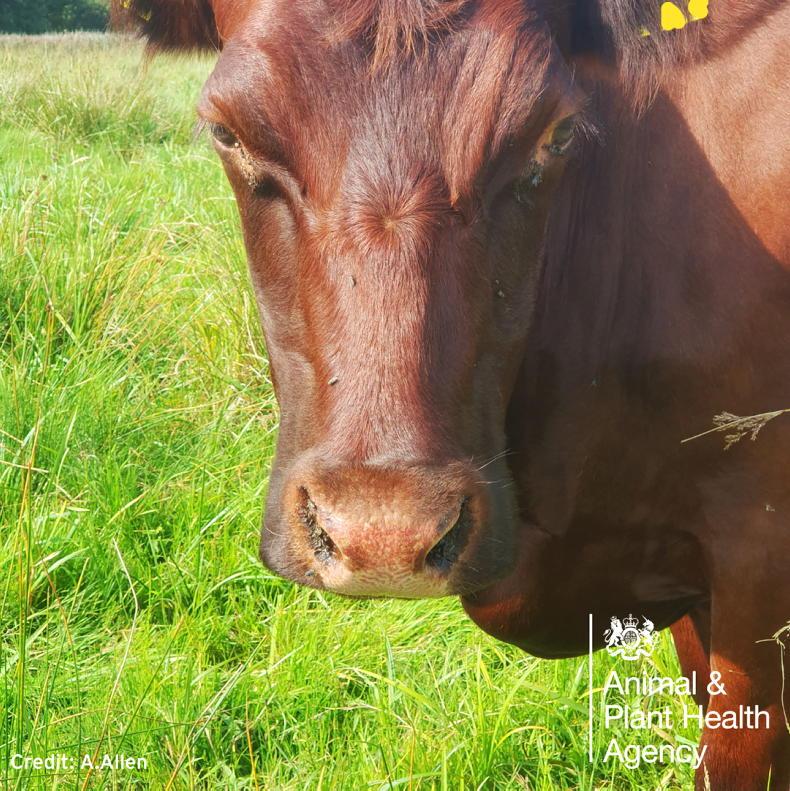
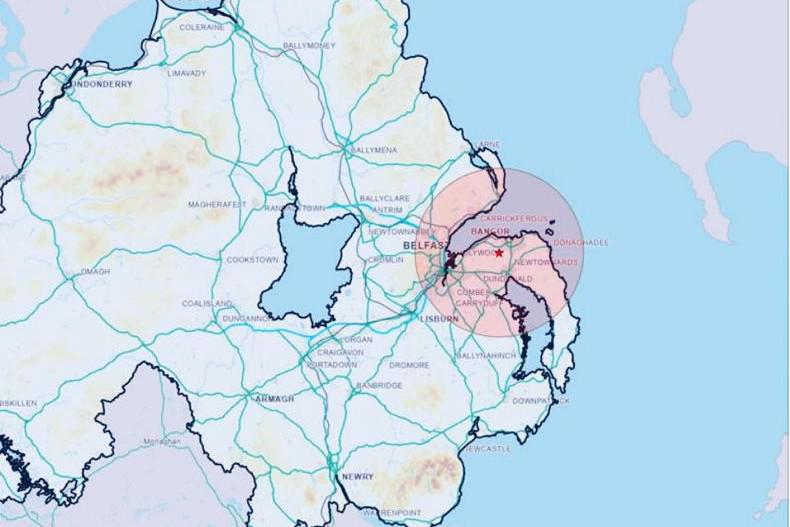
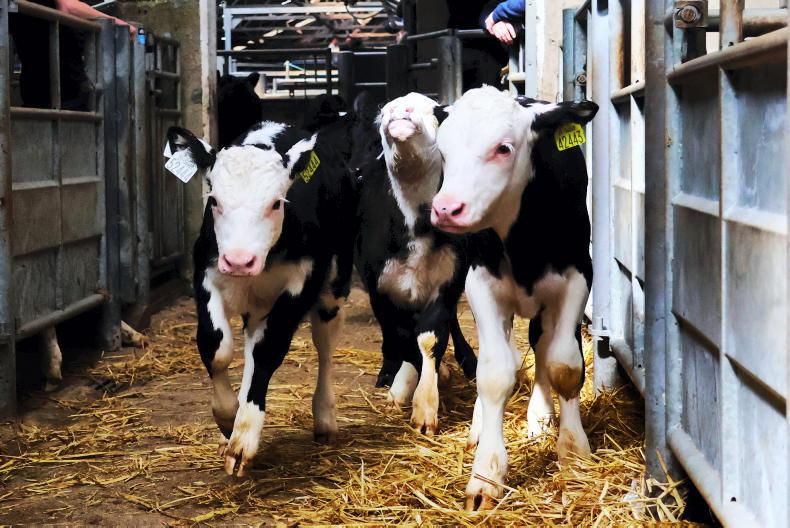
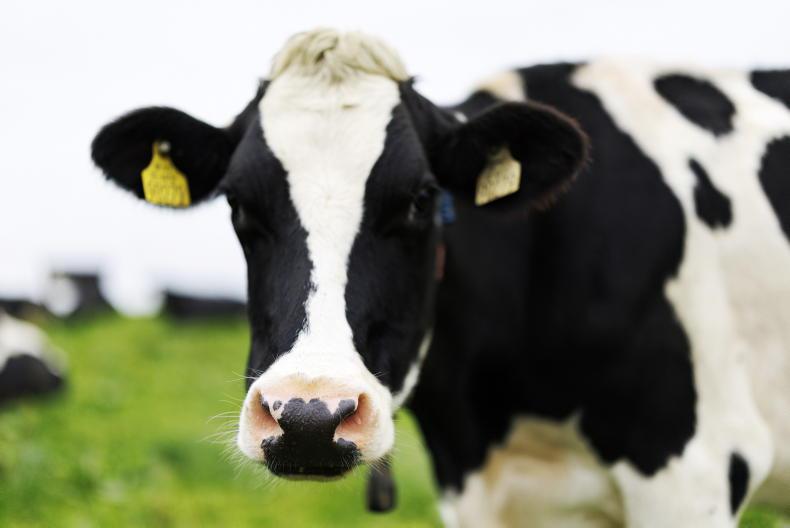
SHARING OPTIONS